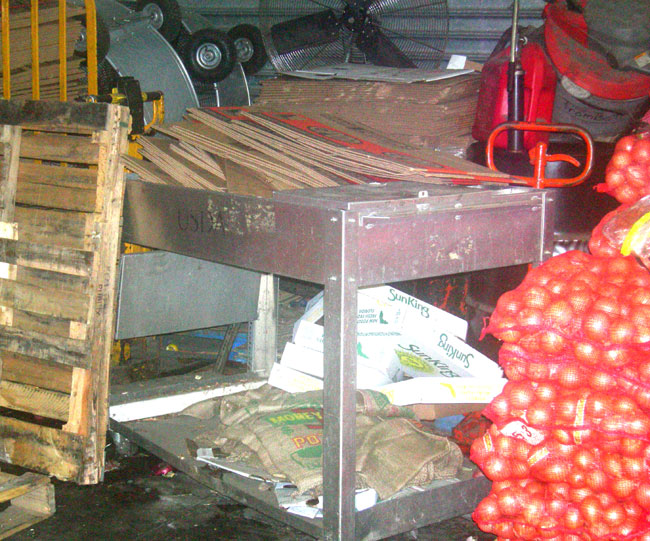A lot has happened since that infamous day in the Bronx. With the USDA Inspection Program on the brink of collapse, due to the lack of faith and trust from the produce industry, they were able to win back most of the support and stay in business. And “business” is what it is. The USDA struggles to keep its revenue reserves in the black as this user-fee funded program takes on additional costs to keep in place the many improvements during the past few years.
But the big question, can they keep the improvements going? After the dust finally settled, and the guilty inspectors were prosecuted, the USDA was on the verge of eliminating the inspection program. Industry had lost trust in the government inspectors, and the inspection fees, the revenue needed to keep the program running, were down. With industry help and intense lobbying, Congress gave the USDA Inspection program over $40 million of tax payer money to make improvements to the inspection program. One of the catches with this appropriated money was not to raise inspection fees for 5 years. Also, about $11.5 million was dedicated to infrastructure improvements, such as the Training and Development Center in Fredericksburg, VA.
Unfortunately the $40 million was a one-time gift. The USDA did create the training center, but the expenses of keeping the center are just too much. The USDA is undergoing a major downsizing process of the training center, eliminating much of the training space. The center’s major responsibility was holding an annual ten week training course for all newly hired USDA inspectors. During the past three years (2008, 2009 and 2010) only one new inspector training class has been held, and the course has been shortened to 8 weeks. What were once annual two week refresher classes, held for every USDA and Federal State inspector, these were reduced to 6 hours of on-line training this past year.
The appropriated monies also went to the purchase of lighted inspection grading tables to be used in markets throughout the country…..but money is no longer available for their upkeep and replacement. Most of the grading tables are serving other purposes than they were once designed.

Digital cameras were also purchased, for the inspectors to use on every inspection, as proof of their inspection findings. Digital images are now only being taken at the request (fee based) of the applicant. Inspection teams were to be put in place, as the USDA thought the idea of two inspectors would police each other. Simply put, the USDA no longer has the revenue resources to commit two inspectors to every inspection.
The USDA has made great strides in seeking new revenue streams, such as the GAP/GHP Food safety audits and increased inspection fees. Inspection fees have been raised during the past few years, a 15-percent fee increase for fiscal years 2004, 2006, 2008, were put into place. Taken from the USDA’s own Action Plan, a fee increase of 15% is recommended for 2010.
But another 15% fee increase in 201o? Really? That’s another story.

No Comments on “Operation Forbidden Fruit- Part II”